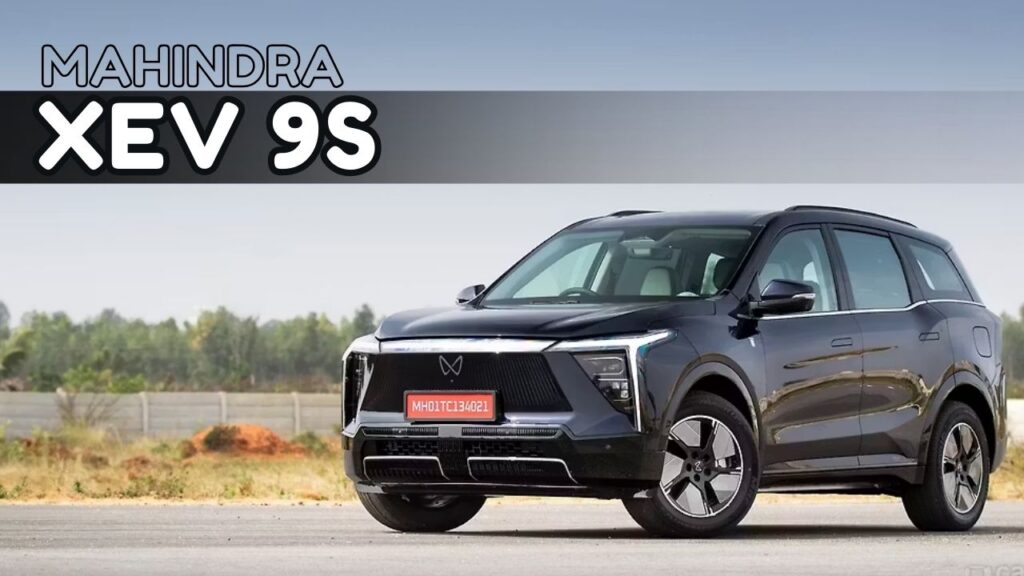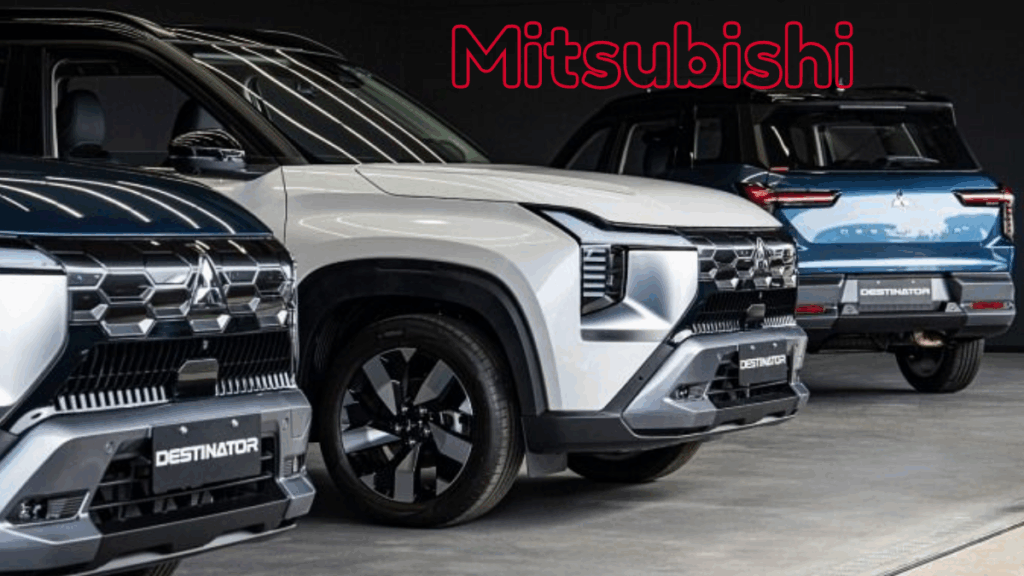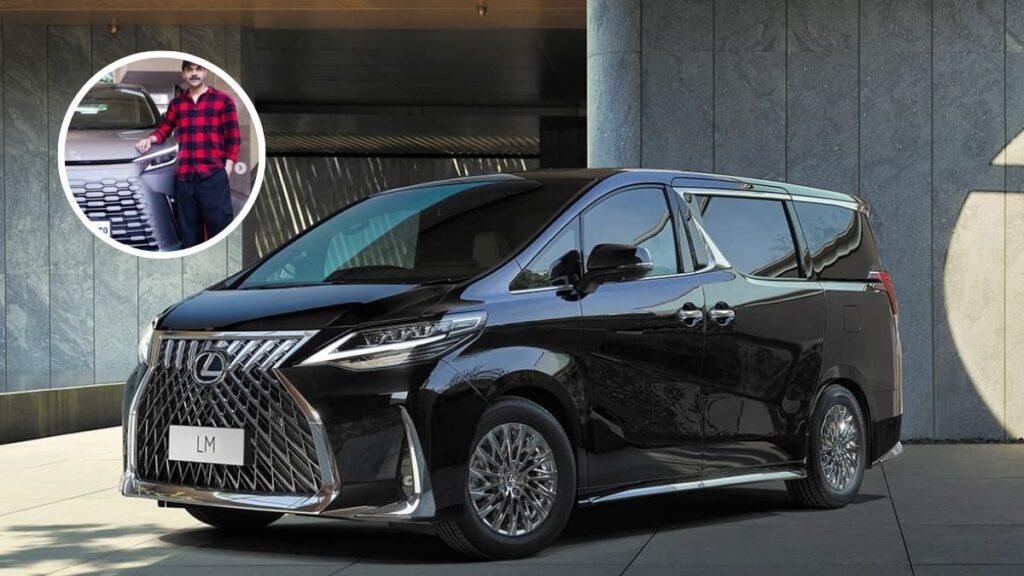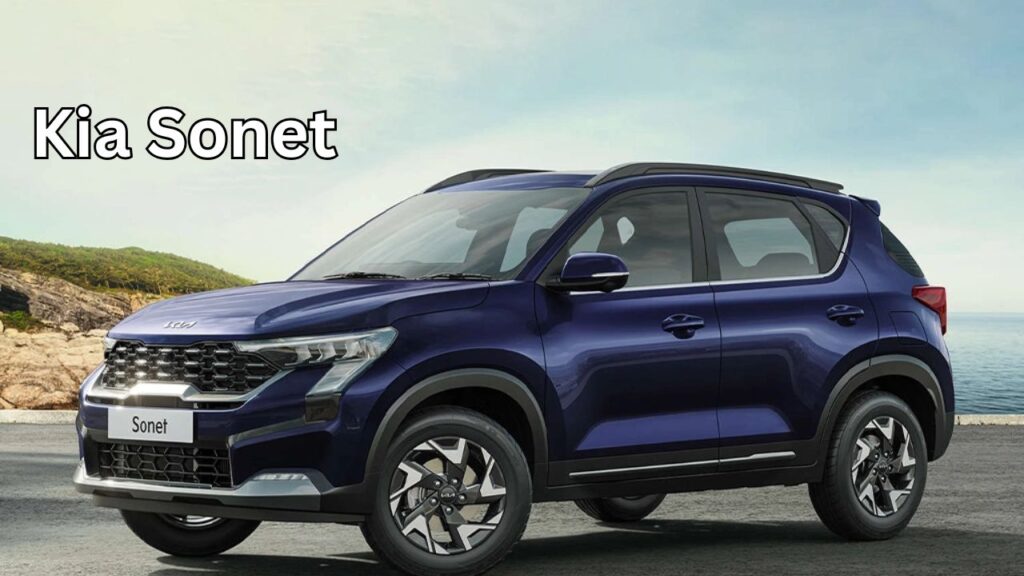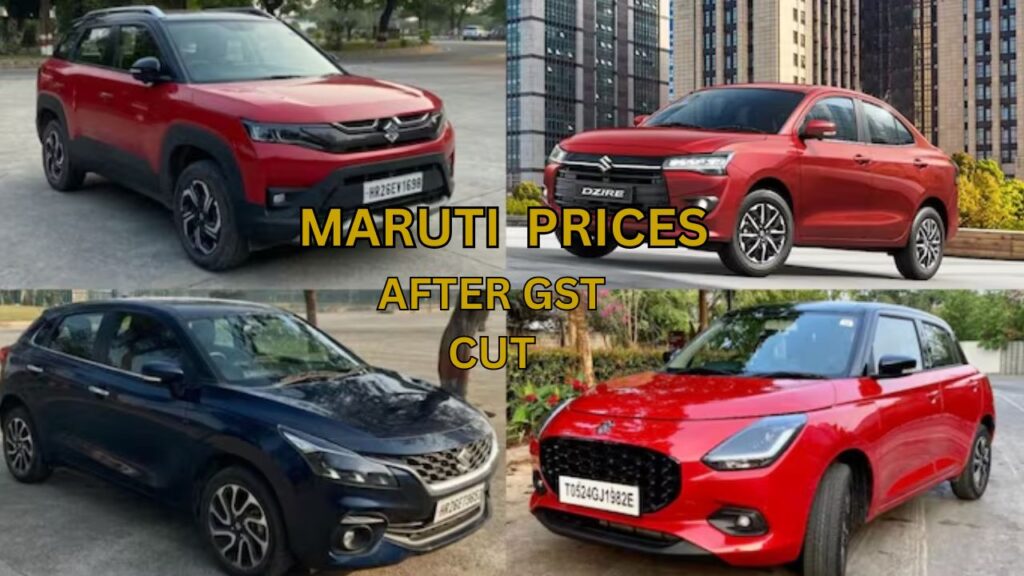Tata Motors has completed a major corporate restructuring intended to sharpen strategic focus across its core businesses. In the last week of September the company announced a split into two dedicated entities. With operational separation effective from October 14, the Passenger Vehicles arm and the Commercial Vehicles arm began functioning as distinct businesses. The public listing name for the Passenger Vehicles company changes on October 24 to Tata Motors Passenger Vehicles, accompanied by a new logo. Below is a clear explanation of what has changed, how the two entities are structured, what it means for shareholders and derivatives traders, and when to expect the remaining regulatory steps to conclude.
Why Tata Motors Restructured Now
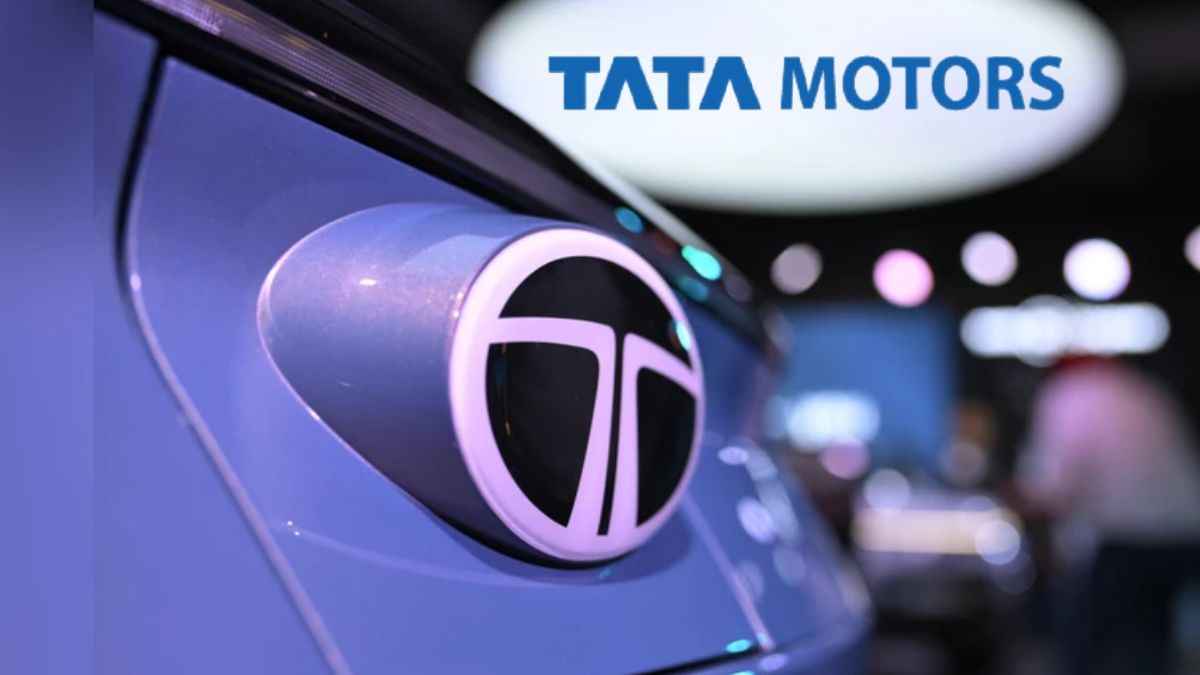
The Indian automotive market has evolved rapidly, with consumer demand bifurcating between mass market passenger mobility and heavy duty commercial transport. By creating focused entities, Tata aims to streamline decision making, concentrate capital allocation, and give each business the autonomy to pursue its own growth agenda. Investors also benefit from clearer financial reporting lines, more transparent performance tracking, and a structure that can attract segment specific investors.
Quick Summary
Item |
Details |
|---|---|
New Listing Name |
Tata Motors Passenger Vehicles Limited effective October 24 |
Operational Split |
Effective October 14 into Passenger Vehicles and Commercial Vehicles |
PV Scope |
Cars, SUVs, electric vehicles, and the Jaguar Land Rover business |
CV Scope |
Trucks, buses, pickups, and associated CV investments under one entity |
Market Impact |
Share price volatility reflects technical effects of the split, not value destruction |
Derivatives |
Old contracts expired on Monday; fresh F&O for Tata Motors Passenger Vehicles began Tuesday |
CV Listing Status |
TML Commercial Vehicles shares remain unlisted until exchanges clear the listing, typically 45 to 60 days |
Renaming Of CV Entity |
TML Commercial Vehicles expected to be renamed Tata Motors Limited after approvals |
Official Site |
Two Entities With Distinct Mandates
Tata Motors Passenger Vehicles Limited
This entity houses the full suite of consumer oriented mobility brands and technologies. Its portfolio covers:
- Tata branded cars and SUVs positioned across entry, mainstream, and premium segments
- Battery electric vehicles under the Tata passenger EV program
- Jaguar Land Rover as the global luxury and premium SUV business
The unified PV platform allows tighter integration of design, software, electrification, and supply chain functions that are critical for fast product cycles and technology led differentiation.
TML Commercial Vehicles
This entity consolidates India’s leading heavy and light commercial portfolio under one roof. It includes:
- Medium and heavy commercial vehicles for freight and infrastructure
- Buses and people movers for public and private transport
- Small commercial vehicles and pickups for last mile delivery
- Associated investments and alliances focused on CV technology, alternative fuels, and connected fleet solutions
Once regulatory permissions are complete, TML Commercial Vehicles is expected to be renamed Tata Motors Limited. Until the exchanges approve its listing, these shares remain unlisted.
What Changes On The Stock Exchanges
From October 24, the passenger vehicle arm will be reflected on the exchanges as Tata Motors Passenger Vehicles Limited with a new logo. The commercial vehicle company undergoes its own listing process after regulatory clearances. During this interim period investors may notice price movements that look abrupt. These are largely technical, tied to index treatment, share entitlement mechanics, and the separation of earnings streams, rather than a fundamental erosion of combined economic value.
Impact On F&O And Trading Mechanics
The previous derivative contracts expired on Monday in line with the restructuring timetable. Fresh futures and options for Tata Motors Passenger Vehicles Limited began trading on Tuesday. Until the commercial vehicle company secures its exchange approvals and lists, there will be no F&O trading available on that ticker. Traders should check contract specifications, lot sizes, and rollover conventions as exchanges migrate the instrument codes to reflect the new corporate names.
Why The Share Price Moved Even Though Value Is Preserved
Large corporate actions often create short term dislocations in price. Index funds, event driven funds, and arbitrageurs rebalance positions based on the new float, tickers, and index eligibility. The decline observed after the split primarily reflects the separation of the commercial vehicle business and the mechanics of how value is apportioned between the two entities. Over time, as financials are reported separately and coverage adjusts, prices typically converge toward fundamentals.
What It Means For Customers
For buyers and owners, day to day experiences remain familiar. Showrooms, service centers, and warranty processes continue with the same brand standards. On the PV side, the restructure is designed to accelerate launches, deepen EV capabilities, and enhance software and safety feature rollouts. On the CV side, fleet customers can expect a sharper focus on uptime, total cost of ownership, and alternative propulsion technologies suited to logistics, mining, and passenger transport.
Strategic Rationale In Plain Terms
- Sharper focus: Each entity concentrates on its most important markets and technologies.
- Cleaner capital allocation: Investments in EVs, software, and premium SUVs are ring fenced within PV, while hydrogen, CNG, and heavy duty platforms are prioritized within CV.
- Better benchmarking: Investors can compare PV margins, EV penetration, and JLR performance separately from CV volumes, utilization, and fleet solutions.
- Option value: Over the long run the structure can support partnerships, listings, or asset level financing that match each unit’s risk profile.
What To Watch Next
- Exchange approvals and listing timeline for the commercial vehicle entity
- Updated investor presentations that break out segment level KPIs for PV and CV
- Guidance on capex split between PV electrification and CV alternate fuels
- Any index inclusion or exclusion events that can affect passive flows
- Early quarters of standalone reporting to gauge margin profiles post split
Frequently Asked Questions
1. What exactly changes on October 24
The Passenger Vehicles company begins trading as Tata Motors Passenger Vehicles Limited with a new logo. The operational split had already taken effect on October 14.
2. Where does Jaguar Land Rover sit after the restructuring
Jaguar Land Rover is part of the Passenger Vehicles entity alongside Tata branded cars, SUVs, and EVs.
3. Why did the share price fall after the announcement
The fall reflects technical adjustments from separating the commercial vehicle business rather than permanent value loss. Market participants rebalance holdings during such events.
4. When will the Commercial Vehicles company list on the exchanges
Once regulatory and exchange approvals are complete. The typical processing window is about 45 to 60 days, though actual timelines can vary.
5. Can I trade futures and options on both entities now
Fresh F&O contracts are available for Tata Motors Passenger Vehicles Limited. The Commercial Vehicles entity will not have F&O trading until it completes its listing.
For More Information Click HERE
